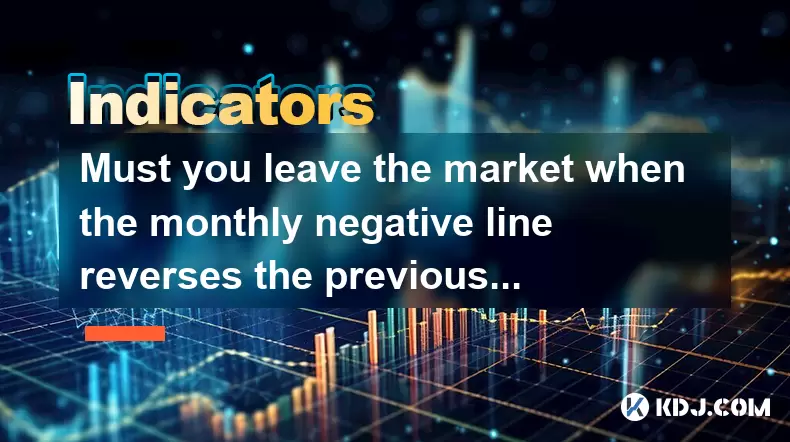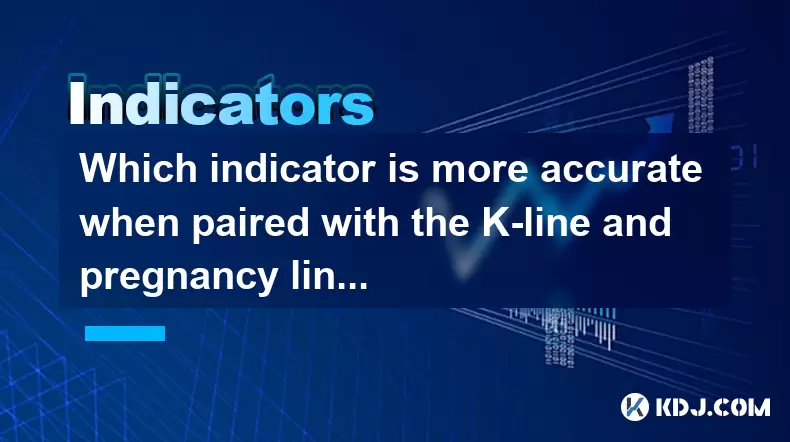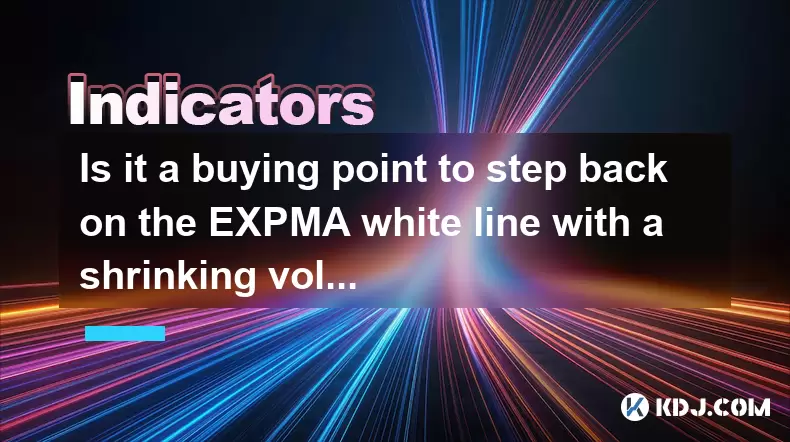-
 Bitcoin
Bitcoin $119300
1.07% -
 Ethereum
Ethereum $3730
3.87% -
 XRP
XRP $3.235
0.29% -
 Tether USDt
Tether USDt $1.000
0.00% -
 BNB
BNB $783.5
1.88% -
 Solana
Solana $188.7
0.25% -
 USDC
USDC $0.0000
-0.01% -
 Dogecoin
Dogecoin $0.2399
-0.44% -
 TRON
TRON $0.3157
2.37% -
 Cardano
Cardano $0.8254
1.94% -
 Hyperliquid
Hyperliquid $42.83
0.14% -
 Stellar
Stellar $0.4372
3.21% -
 Sui
Sui $3.859
4.91% -
 Chainlink
Chainlink $18.53
3.53% -
 Hedera
Hedera $0.2464
0.01% -
 Bitcoin Cash
Bitcoin Cash $519.8
2.46% -
 Avalanche
Avalanche $24.24
2.17% -
 Litecoin
Litecoin $113.7
0.73% -
 UNUS SED LEO
UNUS SED LEO $8.990
0.30% -
 Shiba Inu
Shiba Inu $0.00001390
0.21% -
 Toncoin
Toncoin $3.188
1.49% -
 Ethena USDe
Ethena USDe $1.001
0.02% -
 Polkadot
Polkadot $4.090
-0.91% -
 Uniswap
Uniswap $10.40
4.08% -
 Monero
Monero $326.6
3.12% -
 Bitget Token
Bitget Token $4.627
-0.42% -
 Pepe
Pepe $0.00001281
0.76% -
 Dai
Dai $1.000
0.01% -
 Aave
Aave $291.6
0.98% -
 Cronos
Cronos $0.1269
7.26%
Must you leave the market when the monthly negative line reverses the previous positive line?
A monthly red candle after green in crypto doesn't always signal a bearish reversal; it may indicate consolidation, requiring deeper analysis of volume, support levels, and broader market context.
Jun 29, 2025 at 01:56 am

Understanding Monthly Candlestick Reversals in Cryptocurrency Trading
In the world of cryptocurrency trading, candlestick patterns play a crucial role in determining market sentiment and potential price direction. One such pattern that often draws attention is when a monthly negative line (red candle) reverses a previous positive line (green candle). This phenomenon can raise concerns among traders about whether they should exit their positions immediately or wait for further confirmation.
A monthly reversal from green to red may indicate a shift in momentum. However, it's important not to make impulsive decisions based solely on this signal. The monthly chart represents long-term trends, and a single candlestick reversal doesn't necessarily mean the trend has ended. Instead, it suggests that bears have started to gain control over bulls at the macro level.
Why a Monthly Red Candle Doesn’t Always Mean Sell
Many novice traders assume that a red candle following a green one on the monthly chart signals an immediate bearish reversal. However, this isn't always accurate. In fact, markets often experience corrections even during strong uptrends. A monthly negative line could simply be part of a consolidation phase rather than a complete trend reversal.
For example, if Bitcoin experienced a strong rally in the previous month but closed red in the current month, it might just be taking a breather after a significant move. Traders who panic-sell based solely on this reversal might miss out on potential rebounds or continuation rallies. It’s essential to look at volume, support/resistance levels, and moving averages before making any decision.
Technical Indicators That Help Confirm Reversals
To better understand whether a monthly red candle signifies a real reversal, traders should incorporate other technical tools into their analysis:
- Moving Averages: If the price remains above key moving averages like the 50-week or 200-week MA, the long-term bullish structure might still be intact.
- Relative Strength Index (RSI): A drop below 50 on the monthly RSI could suggest weakening momentum, while readings below 30 might indicate oversold conditions.
- Volume Analysis: A spike in selling volume accompanying the red candle increases the probability of a genuine reversal.
- Fibonacci Retracement Levels: Identifying where the current pullback stands in relation to major Fibonacci levels helps determine if support exists near current prices.
These indicators provide context and help traders avoid false signals that can lead to unnecessary exits from promising positions.
Historical Examples of Monthly Reversals in Crypto Markets
Looking back at Bitcoin’s historical data, there have been several instances where a red monthly candle followed a green one without leading to a prolonged downtrend. For instance, in early 2019, Bitcoin had a strong December green candle but then closed January in red. Many interpreted this as a sign of weakness, yet Bitcoin rallied significantly later that year.
Similarly, in mid-2021, Ethereum saw a similar pattern — a green month followed by a red one — which was followed by a powerful recovery. These examples highlight the importance of patience and deeper analysis beyond candle color alone.
It’s also worth noting that market psychology and external events — such as regulatory news, macroeconomic shifts, or exchange-related developments — can heavily influence these candle formations. Therefore, understanding the broader context is critical before deciding to leave the market.
What Should You Do If You See a Monthly Red After Green?
If you observe a monthly red candle after a green one, here are actionable steps you can take:
- Reassess Your Investment Thesis: Review why you entered the trade in the first place. Has the fundamental outlook changed?
- Check Key Support Levels: Identify if the price is approaching a historically strong support zone.
- Evaluate Risk Exposure: Consider how much of your portfolio is allocated to the asset and whether a partial exit makes sense.
- Set Stop-Loss Orders: Protect yourself from deeper downside without completely exiting the position.
- Monitor On-Chain Metrics: Tools like network value to transactions (NVT) ratio or whale movement can offer insights into underlying strength or weakness.
These steps allow traders to make informed decisions instead of reacting emotionally to a single candlestick pattern.
Frequently Asked Questions
Q: Can a monthly red candle ever be a buy signal?
Yes, in certain contexts. If a red candle appears after a long uptrend but volume remains low and key supports hold, it could represent a healthy correction. Some traders view this as a buying opportunity rather than a sell-off.
Q: How long should I wait before confirming a reversal?
Typically, traders wait for two to three additional candles to confirm a reversal. Immediate reactions can be misleading, so observing how the market behaves in subsequent months provides clarity.
Q: Are weekly charts more reliable than monthly ones for detecting reversals?
Weekly charts offer more frequent signals and can sometimes give earlier warnings of trend changes. However, monthly charts are considered more reliable for gauging long-term structural shifts in price.
Q: Does this reversal apply equally to all cryptocurrencies?
No. Larger, more established assets like Bitcoin tend to have more reliable monthly patterns due to higher liquidity and institutional participation. Smaller altcoins can show erratic behavior and shouldn’t be analyzed using the same standards.
Disclaimer:info@kdj.com
The information provided is not trading advice. kdj.com does not assume any responsibility for any investments made based on the information provided in this article. Cryptocurrencies are highly volatile and it is highly recommended that you invest with caution after thorough research!
If you believe that the content used on this website infringes your copyright, please contact us immediately (info@kdj.com) and we will delete it promptly.
- TRON, Crypto Payroll, and Stablecoins: A New York Minute on the Future of Finance
- 2025-07-25 08:30:11
- WazirX, Revote, and Crypto Unlock: A New York Minute on the Latest Developments
- 2025-07-25 06:50:11
- Hong Kong Stablecoin Regulation: Navigating the Hype and Hurdles
- 2025-07-25 08:30:11
- Bitcoin LTHs, CDD Ratio, and Distribution: What's the Deal?
- 2025-07-25 08:50:12
- Satoshi-Era Bitcoin Whale Awakens: $469 Million in BTC on the Move
- 2025-07-25 06:30:11
- TIA Tokens, Crypto Shift & Ripple Effect: What's the Deal?
- 2025-07-25 07:10:11
Related knowledge

Should I go all in when DIF crosses DEA?
Jul 25,2025 at 12:42am
Understanding DIF and DEA in MACD AnalysisWhen traders analyze DIF and DEA in the context of the Moving Average Convergence Divergence (MACD) indicato...

Should I go all in when the upper edge of the box is broken?
Jul 25,2025 at 01:50am
Understanding the 'Box' in Cryptocurrency Price ChartsThe term 'box' in cryptocurrency trading typically refers to a price consolidation range where t...

Should I go all in when the parabolic turning signal appears?
Jul 25,2025 at 06:36am
Understanding the Parabolic Turning Signal in Crypto TradingThe parabolic turning signal is a technical indicator derived from the Parabolic SAR (Stop...

Should I follow up with a full position when the trading volume suddenly increases?
Jul 25,2025 at 12:28am
Understanding Sudden Increases in Trading VolumeA sudden spike in trading volume often signals heightened market activity and can indicate that new in...

Which indicator is more accurate when paired with the K-line and pregnancy line combination?
Jul 25,2025 at 05:43am
Understanding the K-Line and Pregnancy Line CombinationThe K-line, also known as the Japanese candlestick chart, is a foundational tool in technical a...

Is it a buying point to step back on the EXPMA white line with a shrinking volume?
Jul 25,2025 at 08:56am
Understanding the EXPMA Indicator and Its White LineThe Exponential Moving Average (EXPMA) is a technical analysis tool widely used in cryptocurrency ...

Should I go all in when DIF crosses DEA?
Jul 25,2025 at 12:42am
Understanding DIF and DEA in MACD AnalysisWhen traders analyze DIF and DEA in the context of the Moving Average Convergence Divergence (MACD) indicato...

Should I go all in when the upper edge of the box is broken?
Jul 25,2025 at 01:50am
Understanding the 'Box' in Cryptocurrency Price ChartsThe term 'box' in cryptocurrency trading typically refers to a price consolidation range where t...

Should I go all in when the parabolic turning signal appears?
Jul 25,2025 at 06:36am
Understanding the Parabolic Turning Signal in Crypto TradingThe parabolic turning signal is a technical indicator derived from the Parabolic SAR (Stop...

Should I follow up with a full position when the trading volume suddenly increases?
Jul 25,2025 at 12:28am
Understanding Sudden Increases in Trading VolumeA sudden spike in trading volume often signals heightened market activity and can indicate that new in...

Which indicator is more accurate when paired with the K-line and pregnancy line combination?
Jul 25,2025 at 05:43am
Understanding the K-Line and Pregnancy Line CombinationThe K-line, also known as the Japanese candlestick chart, is a foundational tool in technical a...

Is it a buying point to step back on the EXPMA white line with a shrinking volume?
Jul 25,2025 at 08:56am
Understanding the EXPMA Indicator and Its White LineThe Exponential Moving Average (EXPMA) is a technical analysis tool widely used in cryptocurrency ...
See all articles

























































































